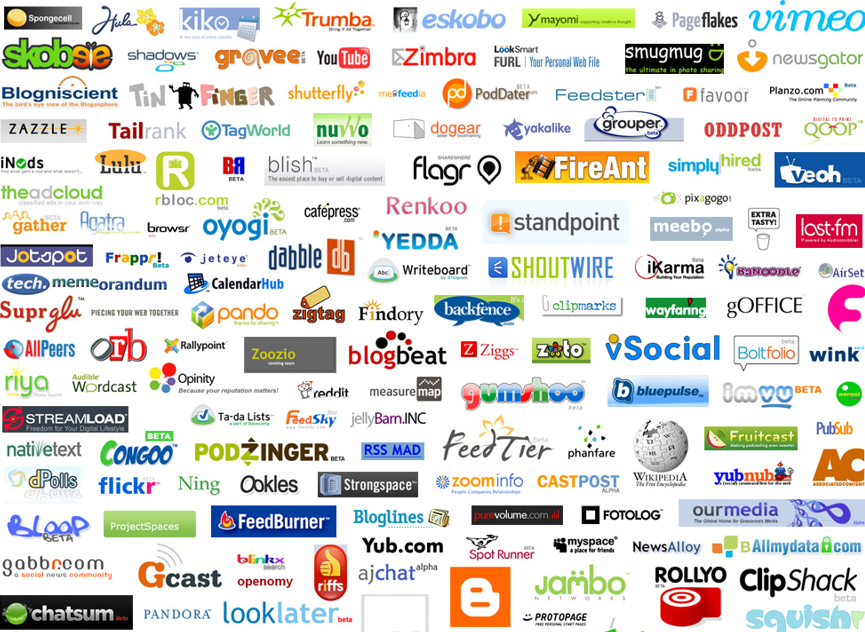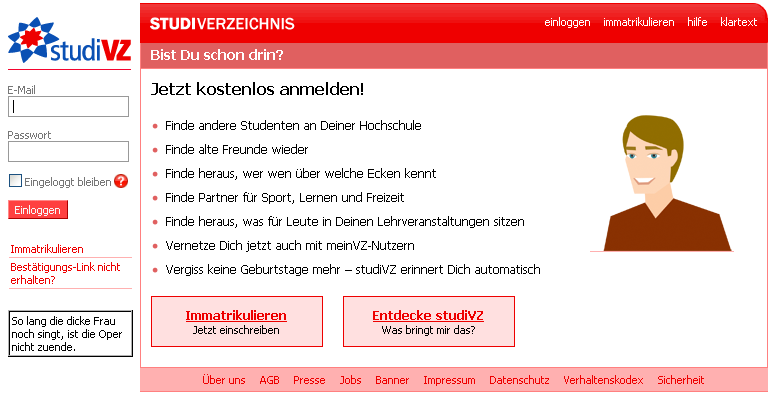social network
Under Web 2.0, community networks have formed, which are called social networks, social networks, and are composed of a group of rprivate or public individuals or organizations that are connected and exchange information with each other. Such networks are networks of relationships used by participants with the same interests, through which they exchange personal data and establish and deepen relationships with each other.
Social networks provide an ideal basis for recording relationships between users and their moods, evaluating them and using them for marketing purposes. For this purpose, blogs, newsgroups and chats provide sufficient information that can be evaluated and analyzed with appropriate tools. In this context, social analytics should be mentioned, but also social engineering and social media marketing.
Concepts of social networks
When it comes to social networks, there are broad-based social networks such as Facebook or Myspace, others for work and business, still others for schoolchildren and students such as SchülerVZ and StudiVZ, for parents and family, for animal lovers or for athletes and hobbyists. There are social networks for every age, religion, profession or group of people, for students or pupils, for raising small children or for older people, hunters or dog owners. In their networks, participants exchange private or business information or discuss common topics.
It's all about communication partners, new friendships, but also business interests. The network of relationships extends to the point where seekers communicate a contact request to a participant and network with him or her.
Disclosure of personal data and hobbies
Members of social networks post their own personal profiles on the Internet. They arrange their self-portrayal by listing personal data, hobbies, interests, preferences and friends in their network profile and enriching what they write with photos. This is user-generated content (USC), content created by the web user. Since the personality profile is permanently on the web, the self-portrayal is staged down to the smallest detail. A guestbook and comments from friends, acquaintances and net friends support the staged status.
Social networks can also destroy friendships and relationships. Conflicts can be carried out via them with the disadvantage that they can be observed and commented on by many members and often by all net users. The door is opened to cyberbullying through the publication of embarrassing and discriminatory comments and photos, and tensioners, pedophiles or sex offenders have detailed member profiles at their disposal.
Circles of friends in social networks
Social networks support the search for friends and the creation of circles of friends through various social network services such as address book files, hotmails, Twitter, member databases, mail addresses, contact forms or digital business cards. Well-known social networks include Facebook, Myspace, Xing, LinkedIn, Stayfriends, Passado, MySpace, StudiVZ and many more.
In semantic Web 3.0, social networks will gradually align with each other to share data. In this context, personalization through social recommendations will deepen.


